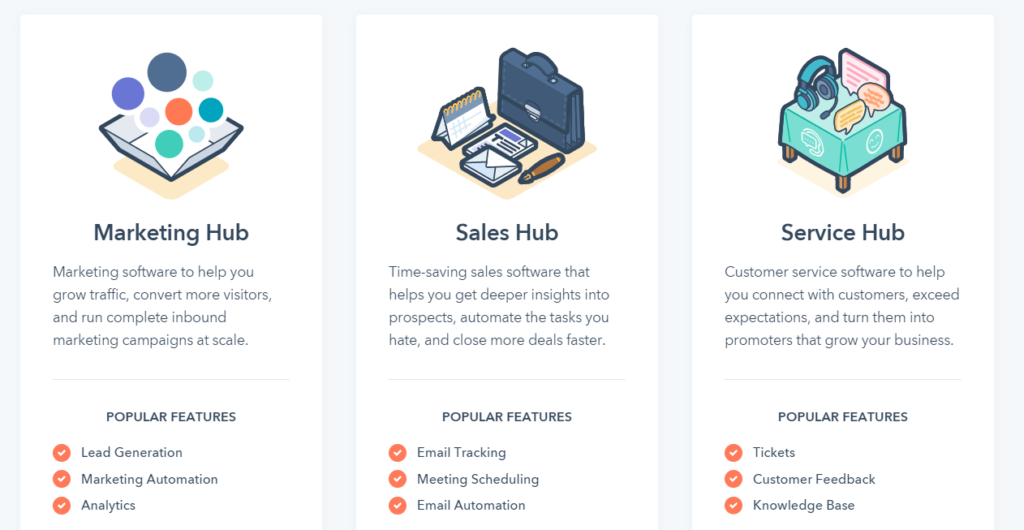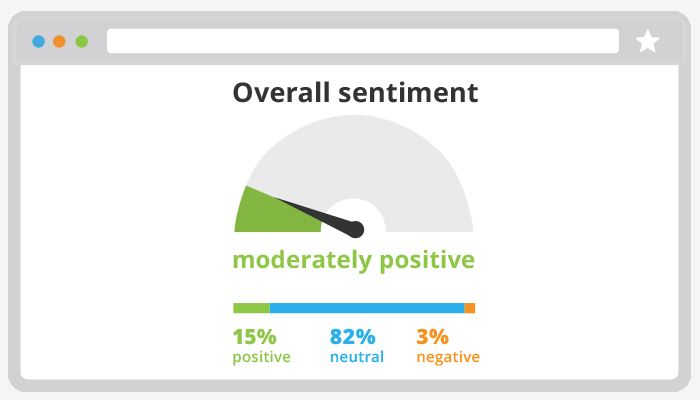
Top 16 Questions to Ask a PPC Company in 2024
In 2024, choosing the right PPC company is not just about spending your advertising budget. You want to make every cent count towards your business
Lots of people are asking for business advice, so I’m going to start giving some here and there.
Scaling a business is an incredible experience.
While it can be both fun and rewarding, it’s also really challenging.
See, scaling a business goes beyond simply starting that business and keeping it afloat; you need to be able to think big and make the strategic decisions that power growth.
How can you diversify your revenue streams? What’s the best way to reinvest profits into your company? How can you scale without investor funding to carry you to your next significant milestone?
In this article, I’ll answer these questions and share some of the things I’ve learned from my own experience scaling a business over the past seven years.
When you have a few clients that are $2500 a month, you have no profitability, much less any net income on top of that—and if you do, well, it’s a pretty small amount.
All that money is going into your pocket so you can pay for yourself. Or, it’s getting reinvested back into the business.
Before you can scale a business, you’ll need to have some kind of predictable margin.
So, let’s say you’re bringing in a total of about 10k a month—and you have a 10% or a 20% net income, you want to set that as the basis for your business model moving forward–and work to maintain those ratios.
If you look at our company, which now does about $1M a month in recurring revenue, that model that was in place early on, is the same model we use today.
If the target was 20% then, it’s 20% now. You might even try to improve on that percentage. Hey, why not aim for 25%?
Focusing on a percentage of revenue left over after you’ve paid yourself, your employees, and covered all of your other costs, means you’re looking at the full picture.
Those business owners that focus on revenue alone risk running into cash flow issues that could undermine the future of the business.
The point is, having that ratio allows you to make decisions about where to invest your resources and how much you’re working with, whether you’re bringing in $1,000 or $1M a month.
Let me start by saying this; I’ve never taken investor money.
I’ve never been this person who has taken that $5M, $10M and had all this money to play with. We’ve always earned our way to the top.
Raising capital has some benefits, to be sure, but it can be time-consuming, and it opens the door to outside expectations that might not align with your big-picture plan.
So, back to this idea of ratios. The reason it’s so essential to maintain your margins is that you can count on a steady stream of cash coming in each month and avoid overextending yourself financially. When there’s no seed funding to fall back on, you’ll need to be extra careful with your resources.
As you grow, that 10% or 20% represents a higher cash number, and at a certain point, you’ll need to be strategic about turning those profits into growth.
For example, you might say, “Hey, we’ve hit that 10, 20% profit goal, do we want to try to bring it back down so we can reinvest that money into other things?”
We try to maintain that same net profit target we did early on, but the game has changed. It’s no longer about survival or trying to maintain that $10k baseline; it’s about making sure you have the cash flow you need to support initiatives that can scale a business.

When the business gets bigger and bigger, then you want to start diversifying. Many companies see this phenomenal growth early-on, then hit a plateau.
Whether new leads stop coming in, there’s a new competitor in town, or you’ve maxed out on market penetration, failing to diversify means you’re at the mercy of all of these other factors that could claim your business.
Diversification allows you to tap into new markets and bring new customers into the fold. As you set up different services, you’ll also want to look at each entity as a business within a business, each with its revenue and net income.
You can then pool the profits from each new initiative and use them to fund other growth areas. The reason I recommend tracking each entity’s performance separately is, it allows you to identify what’s working and what’s not.
Because telling you to simply “diversify” your offerings is easier said than done, here are some ways to start putting together a plan:
Chances are, you’re already collecting a ton of data through website traffic, social media campaigns, online searches, purchases, or service requests.
What kind of feedback are you hearing through these channels? Are there questions or complaints that seem to keep coming up?
Use social listening tools to find out if customers are searching for something that you might be able to offer. What topics are trending in your industry? What pain points do people bring up in online conversations?

Gather data from your various channels and make an effort to interview your existing customers to find out more about what they’d like to see from your brand.
When you’re scaling a business, it’s easy to associate expansion with reaching new markets and acquiring new customers. And that’s a big part of it. However, focusing on building a loyal following is one of the best ways to grow that profit margin.
If you’re running a marketing agency like me, then you might look toward investing some of your revenue into rolling out new services. Think branded content programs, consulting, or expanding into different formats.
For example, you might invest in building a podcasting service or use your skills to provide reputation management to your clients.
By providing additional services that fall under the broader marketing umbrella, I have the opportunity to extend the value of my service to those existing clients, while also offering something to users who may not need the existing services.
For example, if I add podcasting and video ad services to the list of services I provide, I might attract a whole new segment of customers who already have a great content writing strategy in place, but need help covering these additional channels.
Before making a bunch of new hires or investing in expensive equipment, weigh your options carefully. If you’re starting, the first addition to your “portfolio” should be something with minimal operating costs.
If we’re using the marketing agency example again, then that might mean focusing on building out your consulting service rather than setting up your video ad agency.
While you need to be able to foot the bill for all associated costs, the lowest cost choice might not always be the best option.
If there’s an opportunity with high-growth potential or the chance to break into a niche market you’ve been hoping to connect with, it may.
It’s hard to win over new audiences overnight.
When kickstarting a new initiative, you may need some extra help breaking into a new market or location. Consider teaming up with another brand to pool resources and generate a ton of awareness.
A few co-branding success stories you can use for inspiration:
What is your endgame? Where do you want to be in five years or ten?
The first two years of starting any business is, like insane. It’s a massive amount of work, you don’t get a whole lot of sleep, and work-life balance is no longer a thing. And, any amount of money you get—that’s all you have.
Looking back, I do sometimes wish I treated building a business more like a marathon instead of a sprint. But at the same time, I do think it’s important to bring that kind of urgency to the table. Without it, it can be all too easy to get complacent.
If I had to do it all again, I would scale faster, think bigger.
In looking at where I am today, I don’t want to make the same mistakes over the next ten years. Next time around, I’m not going to hang onto every dollar like it’s my last. I’ll think bigger, and stay focused on the end game—and come up with an idea of what that should look like.
But that perspective can only come from experience. Today, I have a framework for building a business, which can be improved upon and optimized.
In the end, I hope you found my insights about scaling a business useful.
Again, the process isn’t always easy, and you’ll need to keep a close eye on your profit margins to ensure you’re on the path toward sustainable growth.
As you start to develop your roadmap for how to scale a business of your own, start with your big-picture goal in mind and work backward — and five, ten, 20 years from now, you just might be working on your next big business opportunity.
Welcome to John Lincoln’s personal website. You can learn about John Lincoln’s books, films, book him to speak and contact him. John is directly associated with many of the businesses mentioned on this website and freely discloses this information.

John Lincoln is CEO of Ignite Visibility, one of the top digital marketing agencies in the nation. Ignite Visibility is a 6x Inc. 5,000 company. Ignite Visibility offers a unique digital marketing program tied directly to ROI with a focus on using SEO, social media, paid media, CRO, email and PR to achieve results. Outside of Ignite Visibility, Lincoln is a frequent speaker and author of the books Advolution, Digital Influencer and The Forecaster Method. Lincoln is consistently named one of the top digital marketers in the industry and was the recipient of the coveted Search Engine Land “Search Marketer of The Year” award. Lincoln has taught digital marketing and Web Analytics at the University of California San Diego since 2010, has been named as one of San Diego’s most admired CEO’s and a top business leader under 40. Lincoln has also made “SEO: The Movie” and “Social Media Marketing: The Movie.” His business mission is to help others through digital marketing.
Want to get in touch with John Lincoln? Click Here To Reach Out.

In 2024, choosing the right PPC company is not just about spending your advertising budget. You want to make every cent count towards your business

Whether you’re a seasoned marketer or just starting out, conversion rate optimization (CRO) is a powerful tool that can boost your sales, leads, and overall

Feeling overwhelmed by the sea of SEO companies out there? You’re not alone! Choosing the right partner is crucial for achieving your online marketing
 Google Search Updates In 2019 Predict The Future
Google Search Updates In 2019 Predict The Future Over the past decade, the SERPs have undergone some serious transformations. From heavy-hitting March and June core algorithm updates to BERT’s